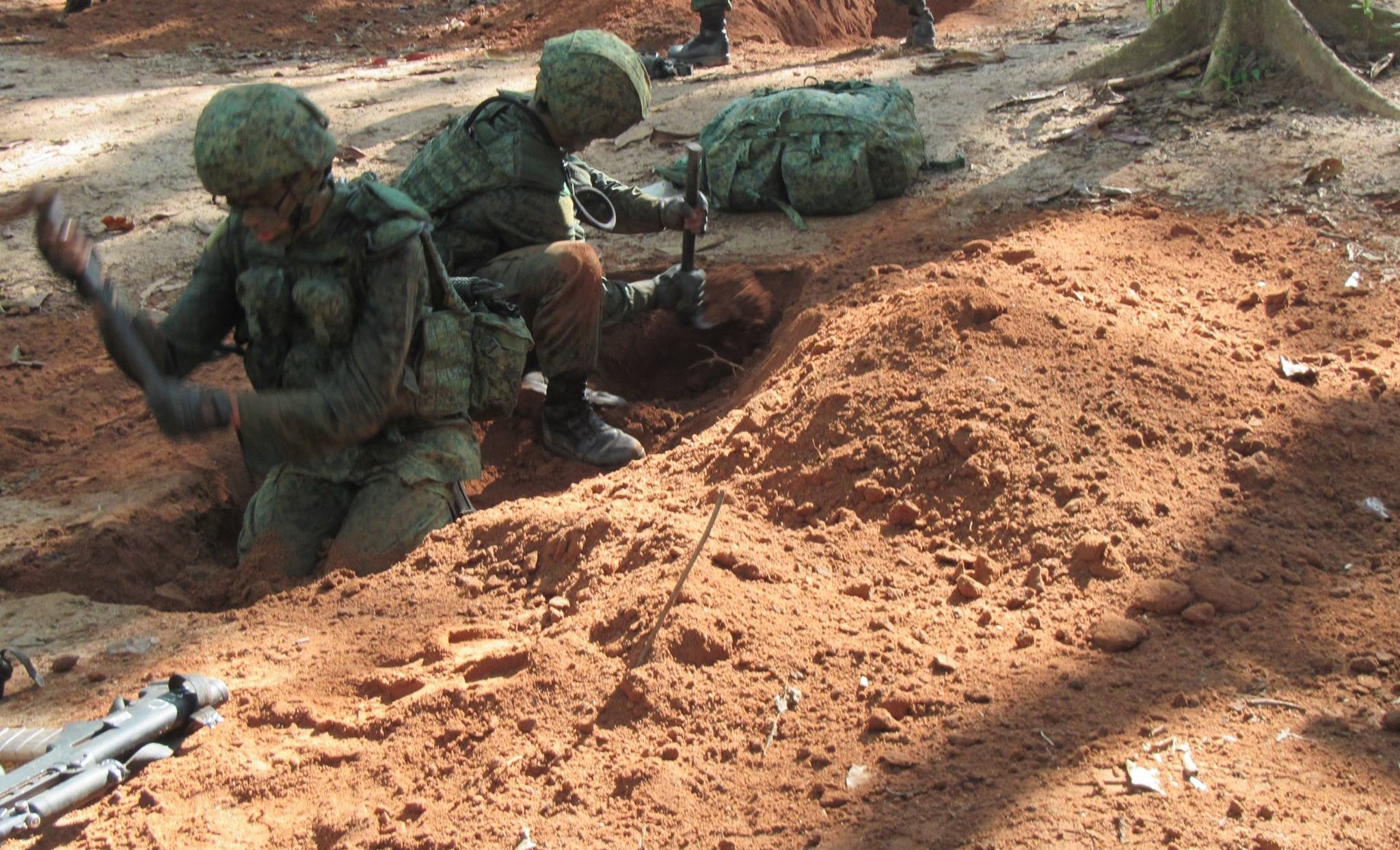The Singapore Armed Forces (SAF) has come out to clarify the issues related to the tragic case of the late PTE Lee Rui Feng Dominique Sarron, who died in 2012 from an allergic reaction to smoke grenades during a military exercise.
In a Facebook note written by Brigadier General Chan Wing Kai from the Commander Army Training and Doctrine Command (TRADOC), Chan sought to clarify issues that have been circulating online in response to the case about PTE Lee.
Let's bring you up-to-date on the case:
The case, which occurred nearly four years ago, came into prominence after its recent hearing in High Court (March 3). The High Court dismissed the lawsuit brought against the SAF and two of its officers by the family of PTE Lee.
Subsequently, the heart-breaking letter by Felicia Seah, Lee’s mother, was widely circulated online and has resulted in a fundraising campaign to defray the legal costs Lee’s family incurred. It has also taken a political undertone as Seah met up with Chee Soon Juan, the leader of the Singapore Democratic Party.
For those who prefer not to read the tl;dr version by SAF, these are the five key points we thought you should know:
1. SAF is "deeply sorry": It offered their deepest condolences to the family and "are deeply sorry for the untimely and tragic loss, and the anguish and distress brought to his family". They also respect the wishes of the family to determine the reasons behind PTE Lee’s death.
2. SAF's support for Lee's family: SAF disbursed welfare grants to the family and made an offer of compensation, which are "generally two to four times that of amounts provided under the Work Injury Compensation Act for incidents arising from training and operations". MINDEF also waived the legal costs of a pre-action discovery application that was undertaken by Lee's family.
3. Two SAF personnel involved in the case were punished: The SAF has "taken administrative and disciplinary action against the two officers" even though the inquiries did not find the two officers directly responsible for Lee’s death. They were summarily tried in 2013 for negligence, found guilty, and punished according to military law.
4. For those Singaporeans not following the case closely, SAF reminded them about the key findings from the Committee of Inquiry (COI) in 2012 and the Coroner’s Inquiry (CI) in 2013:
i) COI: COI found that the number of smoke grenades discharged and the distance between the smoke grenades did not follow the limits and minimum distance specified in the SAF training safety regulations. The COI also noted that medical aid rendered was timely, proper and adequate.
ii) Coroner's findings: The coroner found that Lee died from acute allergic reaction to zinc chloride due to the inhalation of zinc chloride fumes from the smoke grenades and said that the allergic reaction was “unlikely to have been predicted”. As Lee’s allergic reaction was not "reasonably foreseeable, no criminal charges were brought against the two officers".
5. Improvements to safety: Following the incident, MINDEF has set up a Safety and Systems Review Directorate, the convening of a Respiratory Medicine Specialist Advisory Board to review medical classification on Asthma, and the deploying of more safety officers on the ground as full-time Unit Safety Officers. New N452 smoke grenades were also introduced to replace the smoke grenades used in that training exercise.
Related articles:
Want to help Dominique Sarron Lee’s family? You can donate money to support them
Mother of late NSF who died in 2012 during military exercise turns to SDP’s Chee Soon Juan for help
Mother pens letter to late son who died during National Service in 2012 for failing him
Top photo from BMTC Facebook page.
If you like what you read, follow us on Facebook and Twitter to get the latest updates.
